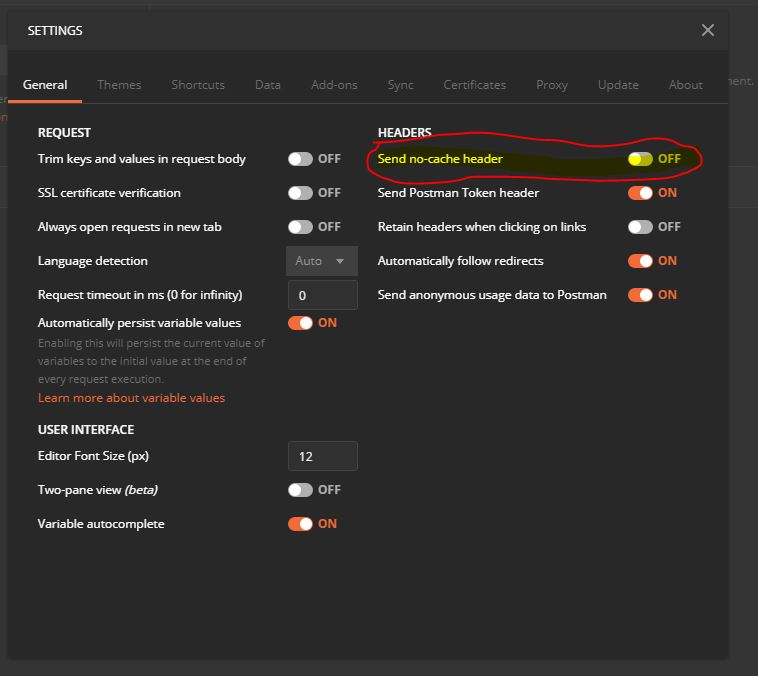I want to use server-side response caching (output cache) with asp.net core 2.0 and found out about Response Caching Middleware and wanted to give it a try with a brand new asp.core mvc project.
Here is the description from the link above which makes me think this could be used like output cache.
The middleware determines when responses are cacheable, stores responses, and serves responses from cache.
Here is how my startup.cs looks like.
public class Startup
{
public Startup(IConfiguration configuration)
{
Configuration = configuration;
}
public IConfiguration Configuration { get; }
// This method gets called by the runtime. Use this method to add services to the container.
public void ConfigureServices(IServiceCollection services)
{
services.AddResponseCaching();
services.AddMvc();
}
// This method gets called by the runtime. Use this method to configure the HTTP request pipeline.
public void Configure(IApplicationBuilder app, IHostingEnvironment env)
{
app.UseResponseCaching();
if (env.IsDevelopment())
{
app.UseBrowserLink();
app.UseDeveloperExceptionPage();
}
else
{
app.UseExceptionHandler("/Home/Error");
}
app.UseStaticFiles();
app.UseMvc(routes =>
{
routes.MapRoute(
name: "default",
template: "{controller=Home}/{action=Index}/{id?}");
});
}
}
and here is the HomeController.cs
[ResponseCache(Duration = 60)]
public class HomeController : Controller
{
public IActionResult Index()
{
return View();
}
public IActionResult About()
{
ViewData["Message"] = "Your application description page.";
return View();
}
public IActionResult Contact()
{
ViewData["Message"] = "Your contact page.";
return View();
}
public IActionResult Error()
{
return View(new ErrorViewModel { RequestId = Activity.Current?.Id ?? HttpContext.TraceIdentifier });
}
}
there is also a timestamp at the bottom of _Layout.cshtml file so i can tell when the page is rendered, like below.
<p>© 2018 - ResponseCachingMiddleware - @DateTime.UtcNow</p>
Cache-Control headers seem to be fine, this is what I get in headers when I load the page but time stamp keeps getting updated on every refresh every second.
Cache-Control:public,max-age=60
What I'm understanding from MS documentations is Response Caching Middleware is the server-side caching mechanism that takes care of caching the response while Response Caching seems to be just a filter to manipulate response headers for caching.
Can't tell if there is something wrong with my understanding or code and I wanna complain that I'm feeling this way too often since I started prototyping with ASP.Net Core. Maybe you could also suggest better resources as a side topic.
I've checked out this post before ASP.NET Core 2.0 - Http Response Caching Middleware - Nothing cached
Also checked this out but it seems like the only difference is I'm using mvc. https://github.com/aspnet/ResponseCaching/blob/dev/samples/ResponseCachingSample/Startup.cs
Thanks
Edit: I'm seeing the message below in the output window, cannot find anything about it on google except the few places I already checked for response caching middleware.
Microsoft.AspNetCore.ResponseCaching.ResponseCachingMiddleware:Information: The response could not be cached for this request.
Note: I wish I could create #response-caching-middleware tag. Not sure #responsecache is relevant.

